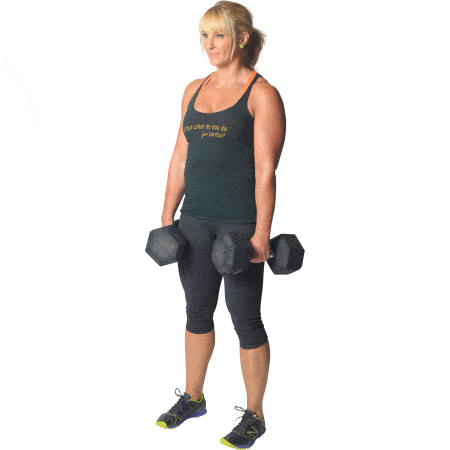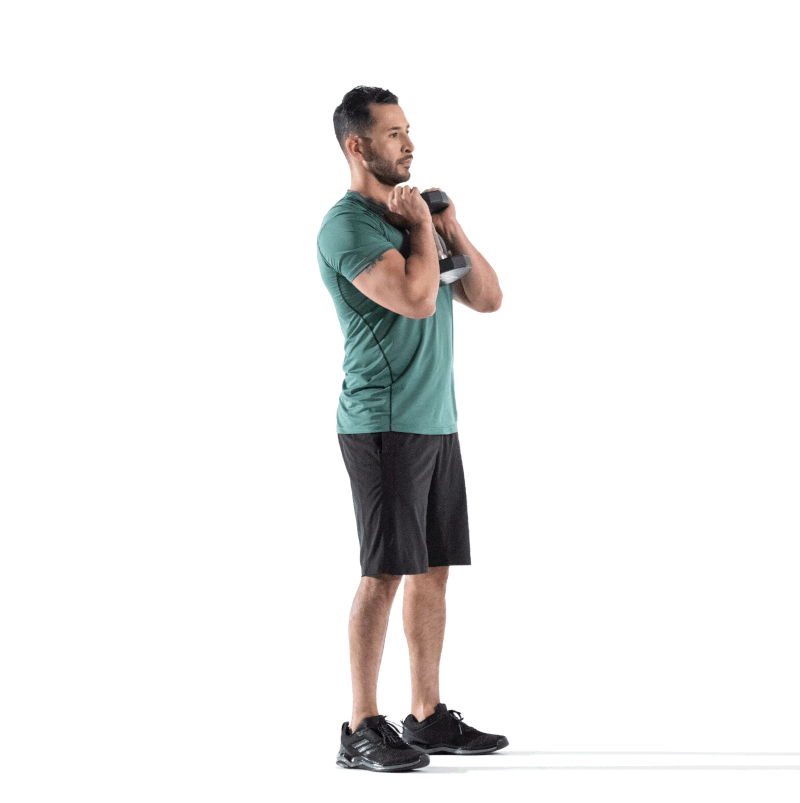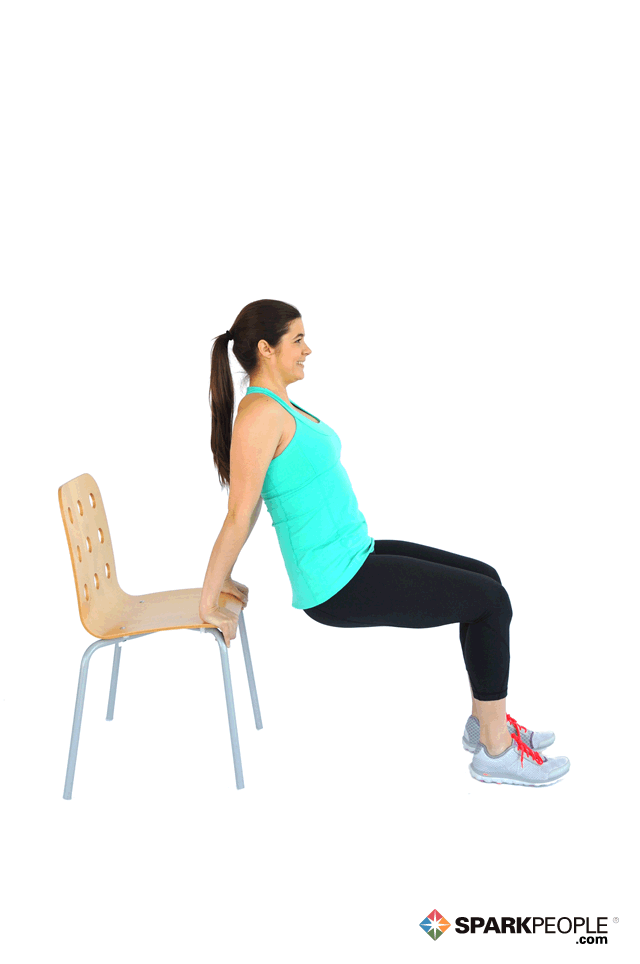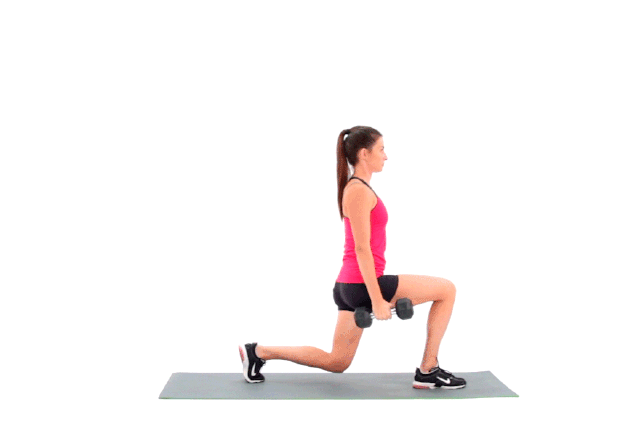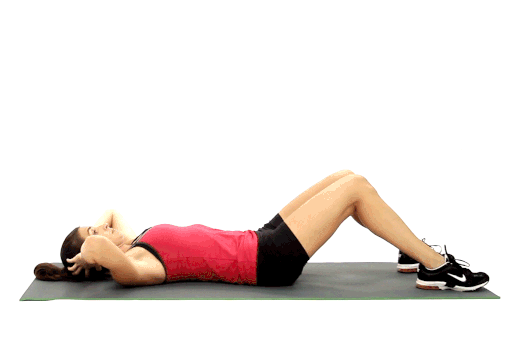Note: Everything mentioned in my blog is based on evidence-based research studies. I have no professional experience and don't claim any of the medical suggestions as my own. My attempt is merely to compile, explain, and present the findings of researchers in a manner that helps my readers implement lifestyle changes that improve their health. I strongly believe in and practice what I write about; these have helped me, and I hope they help you as well.
RESISTANCE TRAINING

One must not forget how important resistance training is, especially to prevent muscle loss with age (known as sarcopenia). Even if you don’t have muscle loss, resistance training is crucial to maintain good health - it is “independently associated with lower all-cause mortality.” [1] Resistance training can be done either using bodyweight or external weights such as dumbbells. Either way, I recommend a form of resistance exercise called SuperSlow training, because it has been shown that “those doing SuperSlow experience a greater than 50 percent gain in strength.” [2]
SuperSlow training is much more time-efficient than the other types and is also more effective. There are a few important points to keep in mind with this technique:
-
The key to this resistance training technique is to remove the momentum that is traditionally present which dramatically improves muscle growth. This means that you should have a cadence of 5s/5s or more in your movement.
-
Since the cadence is so slow in this workout, it is recommended that we track and set goals with time per exercise in mind – not repetitions. This makes it easier to notice improvement.
-
Another important part of this exercise method is to work your muscle to the point of failure, helping you improve your health in less time.
-
This workout program involves only 1 set per exercise, but to failure (single-set-to-failure).
The video shows an example body-weight SuperSlow routine:
It is important to remember to track your sessions, like in anything. The way I do it, is that I simply have a note on my phone in which there is a table, in which I fill out the timings for each exercise that I do. It looks somewhat like this:
DATE
EXERCISE 1
eg. Squats
EXERCISE 2
eg. Push-ups
EXERCISE 3
eg. Deadlifts
EXERCISE 4
eg. Dips
EXERCISE 5
eg. Sit-ups
22 May
1 min 50 sec
1 min 20 sec
1 min 40 sec
1 min 30 sec
2 mins
With this method, it is much easier to quantify even small improvements:
For example, I have improved in my squat from a time of 1:35 to 2:25 using a weight of 10kg over a span of 2 months.
[1] https://www.sciencedirect.com/science/article/abs/pii/S0953620515001089
[2] https://fitness.mercola.com/sites/fitness/archive/2016/05/27/super-slow-weight-training.aspx
Want to learn more?
